Growing pumpkin Butternut: features of the variety, agricultural technology
Pumpkin Butternut stands out among its fellows with its unusual shape and sweet nutty flavor. It owes its name to its taste, because in translation from English “butternut” means butter nut. This species came about as a result of crossing an African variety, which has the same fruit shape, and a cultivated butternut squash. The variety is popular and grown in many countries. For example, in Mexico, it is cultivated on an industrial scale.
Description, characteristics
Butternut, or nut gourd, has two varieties, differing in the shape of the fruit and the type of growth:
- bush Bush Butternut with shoots about 1.5 m long;
- climbing Waltham Butternut, growing 2.5 m long whips.
As for the rest of the qualities, both species have the maximum similarity.
Pumpkin belongs to the early maturing varieties, subject to winter storage. The growing season of the plant takes about 3 months, its duration is directly related to weather conditions. Otherwise, the Butternut pumpkin has the following characteristics:
- Pear-shaped fruits are not large in size. The largest pumpkin weight is 2 kg, and the average one is only 1–1.5 kg. One pumpkin is enough for a one-time cooking for a family of several people.
- The pulp with a small number of seeds, homogeneous, juicy, oily, with a pleasant smell, containing nutmeg notes, light orange in color. The fully ripe fruit can be used without cooking.
- The yield depends on weather conditions and adherence to agricultural practices. Summer residents collect from 5 to 20 fruits from each plant. For pumpkin to be sugary and contain many nutrients, it needs warmth and light.
- The variety needs insect pollination. Aromatic baits are used to attract them to the site. You can artificially pollinate the pumpkin with a cotton swab or brush.
- Frost resistance parameters make it possible to cultivate pumpkin in a temperate climatic zone only through seedlings. The vegetable is thermophilic and does not tolerate a drop in temperature to + 10 ° C.
The description of the variety will be incomplete without mentioning the absence of the characteristic pumpkin smell. When fully ripe, the fruit contains a large amount of sugar. The most fragrant are pumpkins, which ripen naturally in the sun.
Agrotechnics
To plant Butternut pumpkins, you need loose, fertile soil. The garden bed is prepared in the fall, digging and fertilizing the soil. The place should be sunny and well protected from the wind. In order for the pumpkin to fully ripen, it is grown through seedlings.
Sowing seeds for seedlings
Sowing seeds is carried out in early May, so that by the end of the month to get strong seedlings, ready for transplantation into open ground.
Sowing work is preceded by preparation:
- The seeds are preheated for 3-4 weeks by placing them near the radiator.
- At the second stage, the seeds are calibrated by dropping them into a saline solution (1 tsp per glass of water). The floating seeds are unsuitable for planting, they are empty. And those that have fallen to the bottom can be planted.
- High-quality seed material is washed and soaked in warm water for several hours, after which it is placed in a refrigerator for hardening, wrapped in a damp cloth. After 3-4 days you can start sowing.
The pumpkin is planted only in individual containers, since it does not tolerate a pick. You can use ordinary plastic cups or peat pots for sowing. Crops must be covered with foil to create a suitable microclimate.The shelter is removed as soon as the sprouts hatch in the containers.
Landing in open ground
The seedlings are transferred to the garden bed after the threat of frost has disappeared. Seedlings grown in plastic cups are planted using the transshipment method, keeping an earthen lump. The bushes in peat pots are planted without removing them from the container, but only slightly tearing the shell. When planting, pumpkin plants are buried to the cotyledons.
The seedlings are located at a distance of 50-60 cm from each other - the pumpkin loves space. If this rule is not followed, the fruits will grow too small.
It is advisable to pre-warm the earth, then the plants will quickly take root and grow.
There are several ways to increase soil temperature:
- the introduction of manure;
- adding mowed grass or hay;
- covering with a film.
The film material does not have to be black. You can use regular transparencies.
At the bottom of each hole, coarse sand is laid as drainage with a layer of 10 cm thick.
Pumpkin care
The pumpkin belongs to unpretentious plants, but it still needs some care. Plants are regularly watered, weeded and hilled. The soil should not dry out.
Periodically, fertilizers need to be applied to the garden:
- 1st feeding - during planting in the hole;
- 2nd feeding - during the formation of the ovary;
- 3rd feeding - when the diameter of the fruits reaches 8-10 cm.
For this, mineral complexes and organics are used (infusion of mullein, chicken droppings, ash). Once a week, potassium humate is added to the water for irrigation.
After the fruits are tied, the lashes are cut, thus redirecting all the plant's forces to build up the fruit mass.
When grown in the middle lane, it is better to normalize the number of pumpkins on each lash, leaving no more than 2 fruits. More ovaries can be left in the southern climatic zone.
Climbing Butternut pumpkin requires a garter. To do this, you can use a vertical trellis or plant plants near the fence and form them in the form of a hedge. With a sufficient amount of area, this species is grown horizontally (in this case, a freer planting scheme is used).
To protect against infections and pests, preventive treatments are carried out. You can prevent fungal diseases by spraying a solution of a fungicide (Abiga-peak, Fundazol and others are suitable) every 14 days. To prevent pests from settling on the pumpkin, plantings with insecticides are treated with the same frequency ("Iskra", "Aktara").
Harvesting can be carried out when the leaves begin to wither on the plants. In cold weather, this may not happen - the plants will remain green. In this case, the fruits are harvested by the end of September and allowed to ripen at home.
If there are plans to further grow this pumpkin variety from your own seeds, several fruits should be left in the garden until fully ripe.
Pros and cons of the variety
This pumpkin variety is popular with summer residents due to its benefits. Butternut is appreciated for the following qualities:
- Long shelf life. The fruits do not lose their properties until spring.
- A small amount of seeds in the pulp.
- Thin rind for effortless peeling.
- The miniature size of the fruit, thanks to which the pumpkin is cooked in one go, not allowing it to spoil.
- Pleasant nutty flavor and aroma of pulp, its sweetness.
In addition, this type of pumpkin is very decorative and can decorate the site with bright fruits. When grown on trellises, space is significantly saved, which can be used for planting other crops.
Of the minuses, we can mention low frost resistance, exactingness to moisture and soil fertility.
Growing a Butternut pumpkin is easy given the culture's demands. Subject to the observance of agricultural technology, it will be possible to get a good harvest of sweet and aromatic pumpkins.
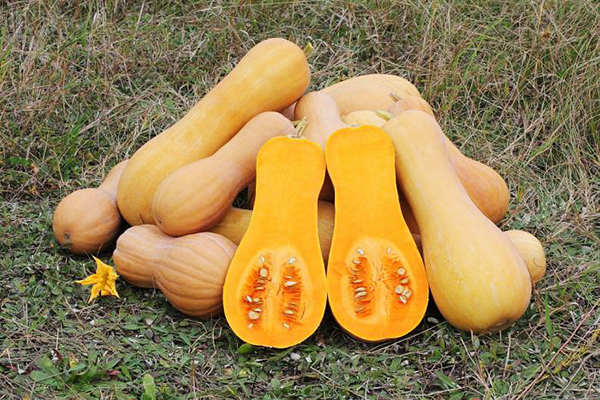
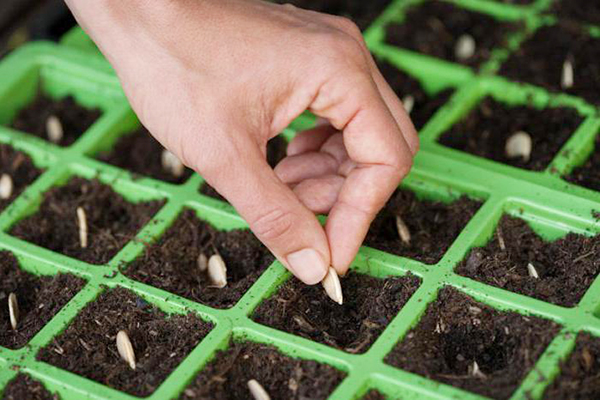
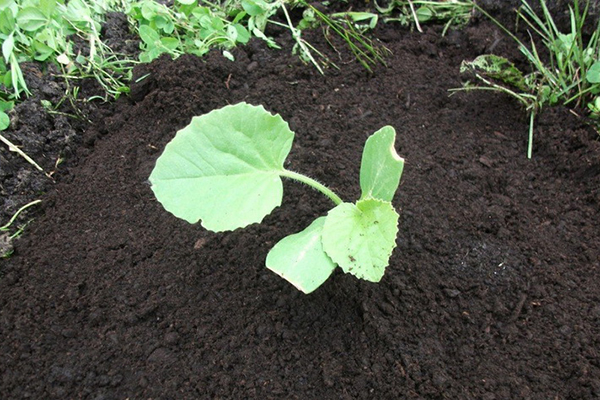
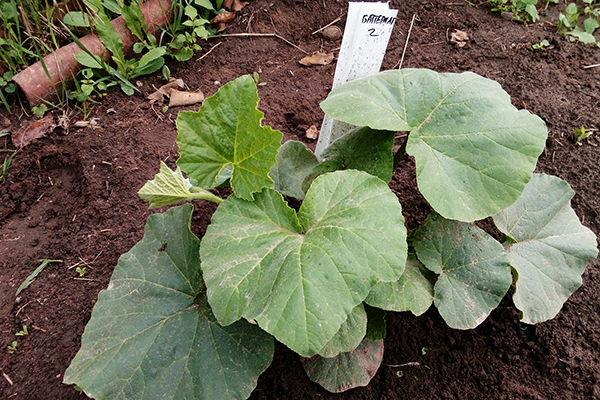
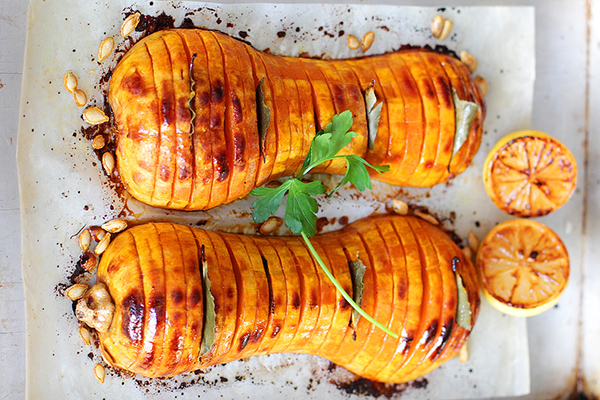
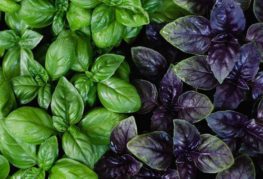
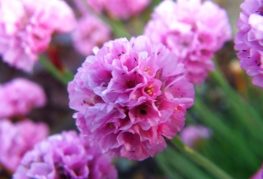
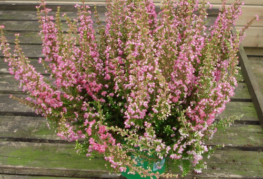
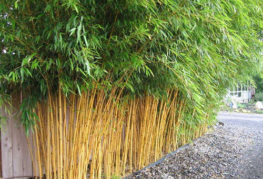
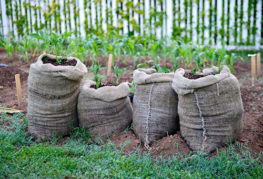
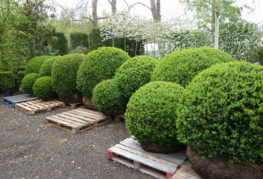
and will be published shortly.